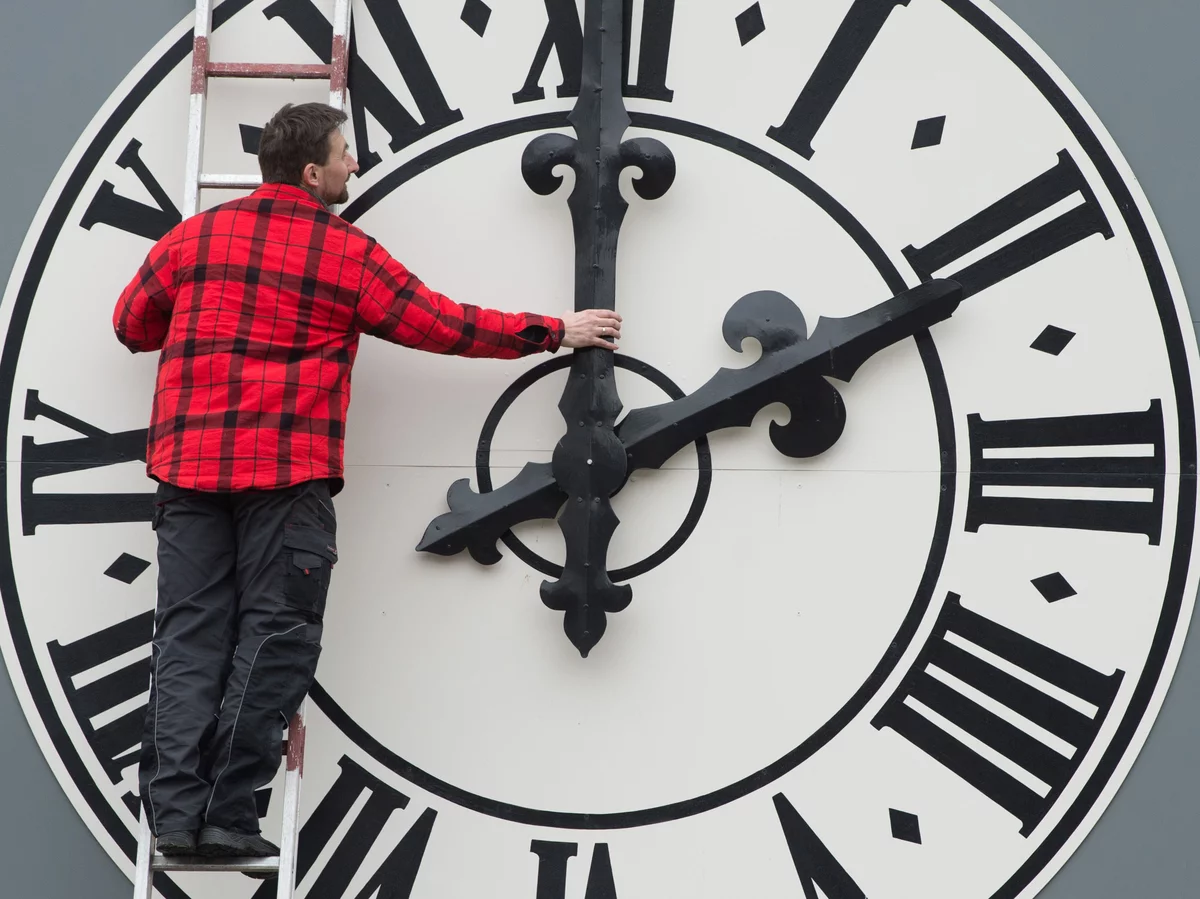Daylight Saving Time (DST) has been a part of our lives for decades, but its relevance and impact are continually debated. As we set our clocks forward in spring and fall back in autumn, questions arise: Is this practice still necessary? Can we make DST permanent? Let’s dive into the details.
The Basics of DST
On the second Sunday in March, we “spring forward,” setting our clocks ahead by one hour, thus beginning DST. Conversely, on the first Sunday in November, we “fall back,” reverting to Standard Time. This biannual ritual affects our daily routines, sleep patterns, and even our moods.
The Sunshine Protection Act
In 2022, the “Sunshine Protection Act” gained unanimous support in the Senate. Introduced by Sen. Marco Rubio, this bill aims to eliminate the clock-changing practice from November to March. If enacted, we would enjoy daylight saving time year-round, rather than just eight months.
Challenges and Reservations
Despite the Senate’s endorsement, challenges remain. The bill awaits approval in the House, and some senators express reservations. Sen. Tommy Tuberville of Alabama tweeted, “Changing the clocks should be a thing of the past.” He advocates for permanent DST, emphasizing that Americans deserve an extra hour of sunlight throughout the year.
Public Opinion and Unpopularity
A 2023 survey revealed that changing the clocks is unpopular nationally. Many Americans find the practice disruptive and unnecessary. As we approach the start of DST in 2024 (March 10), the call for permanence grows louder.
When does DST end in 2024?
In 2024, DST will end on Sunday, November 3, at 2 a.m. On this day, we’ll set our clocks back, gaining an extra hour of sleep and welcoming earlier sunrises and sunsets.
What are the benefits of DST?
Daylight Saving Time (DST), despite its occasional controversy, offers several advantages. Let’s explore them:
- Extended Evening Daylight: By shifting the clocks forward during DST, we gain an extra hour of daylight in the evening. This extension allows for more outdoor activities, increased productivity, and enhanced quality of life.
- Energy Conservation: DST is often associated with energy savings. Longer daylight hours mean reduced reliance on artificial lighting and heating during the evening. Studies suggest that DST can lead to decreased energy consumption.
- Economic Benefits: Businesses benefit from DST due to increased consumer spending during longer daylight hours. Restaurants, retail stores, and recreational facilities experience higher foot traffic. Additionally, tourism and outdoor industries thrive during DST.
- Health and Well-Being: Exposure to natural light positively impacts our mood, mental health, and circadian rhythms. DST encourages outdoor activities, which contribute to physical fitness and overall well-being.
- Reduced Traffic Accidents: Longer daylight hours reduce the need for evening driving in darkness. This correlates with fewer traffic accidents and fatalities.
- Agricultural Advantages: While modern agriculture relies less on manual labor, DST still benefits farmers. Extended daylight allows for more efficient work in the fields.
- Consistency and predictability: Standardizing time changes simplifies scheduling across regions. It minimizes confusion for travelers, businesses, and communication networks.
What are the disadvantages of DST?
Let’s explore some of the disadvantages associated with daylight saving time (DST):
1. Disrupted Sleep Patterns: The abrupt clock changes during DST can disrupt our natural sleep cycles. Falling asleep and waking up have become more challenging, leaving people feeling tired and groggy.
2. Health Risks:
Increased Heart Attack Risk: Studies link the start of DST to an increased risk of heart attacks. The sudden shift in time can stress the body, affecting cardiovascular health.
Miscarriages and Suicide: Lack of sleep at the beginning of DST has been associated with higher rates of miscarriages and suicides.
3. Depression and Mental Health: The early evening darkness after DST ends can contribute to feelings of depression. Reduced exposure to natural light during the evening hours may impact mood and well-being.
4. Economic Costs:
The Lost-Hour Economic Index estimates that moving the clocks forward costs the US economy approximately $434 million nationally. This includes factors like health issues, decreased productivity, and workplace injuries.
Workplace accidents and productivity losses occur due to the disrupted sleep patterns caused by DST.
5. Safety Concerns:
While longer daylight hours promote safety, the sudden shift can lead to fatigue-related accidents. For instance, car accidents and workplace injuries may increase after the springtime change.
The evening darkness during the fall time change can also pose safety risks.
6. Conflict and Public Opinion:
Public sentiment varies. Some people adapt well to the time change, while others find it disruptive. Polls show differing preferences regarding permanent DST, or Standard Time.





